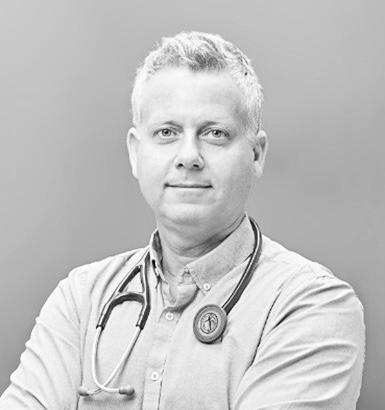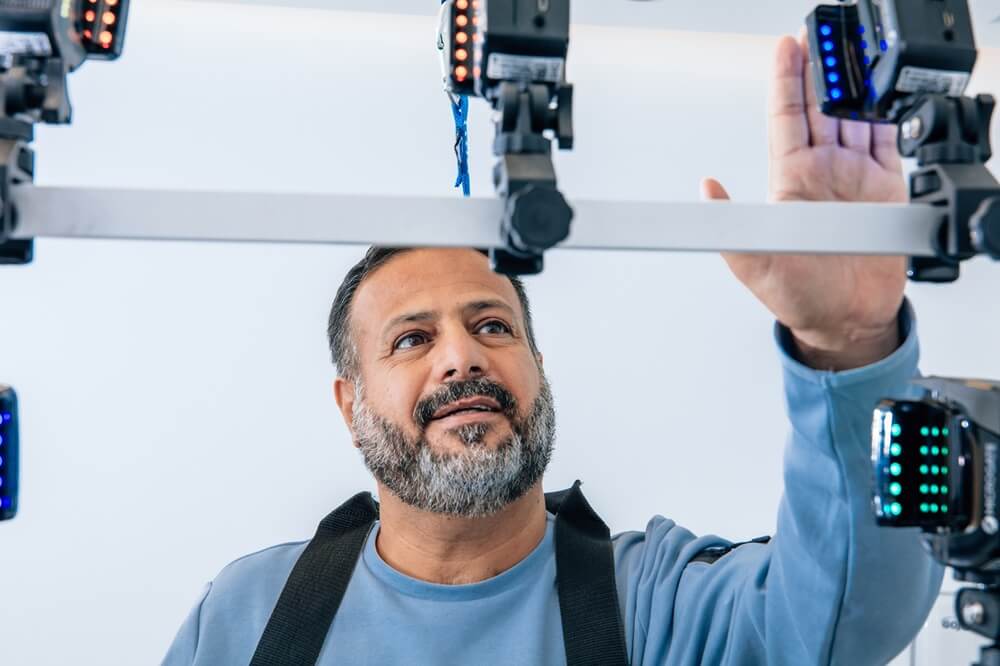
Beyond the Stroke: Finding Hope and Progress, Regardless of Age
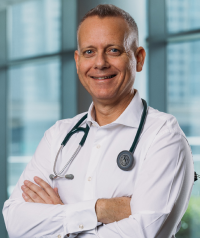

Most young professionals and business leaders never see a stroke coming. One moment, life unfolds as planned — career ambitions, family responsibilities, personal goals. The next, everything shifts.
In the UAE, where 50% of stroke patients are under 45 years of age (nearly two decades younger than the global average), this silent but growing crisis is reshaping the lives of many in their prime.
While the initial shock is overwhelming, the real challenge often begins after leaving the hospital.
While early rehabilitation focuses on survival and regaining basic function, many stroke survivors find themselves facing an unexpected second battle: lingering cognitive difficulties, mobility struggles, and emotional upheaval.
What happens when conventional rehab reaches its limits? Where does the journey lead next?
This is a conversation about resilience, recovery, and redefining life after a stroke.
Why Strokes Are Happening Earlier in the UAE
Two main areas can be attributed to the lower-than-average stroke age in the UAE:
High-Pressure Demands of Working Professionals
Life moves fast for many young professionals and business leaders — demanding careers, constant decision-making, and the pressure to always perform at their peak.
Beneath this high-achieving lifestyle, hidden health risks are quietly accumulating. The mix of chronic stress, poor dietary habits, and sedentary routines is contributing to a rising crisis.
The always-on culture of Dubai’s elite comes at a cost. Smoking, diabetes, high cholesterol, and hypertension (often dismissed, undiagnosed, or managed in isolation) can silently build, increasing stroke risk over time.

Beyond Genetics: The Environmental Impact
While a family history of stroke can raise concerns, it is not a predetermined fate. Lifestyle choices still hold the power to shape outcomes.
In addition to the high-pressure demands in the working world, UAE’s highly urban environment fuels a fast-paced lifestyle that relies on highly caloric diets.
Climatic conditions also play a role. The country’s extreme heat and humidity often “prevents people from doing outdoor activities.” This constraint tends “to develop unhealthy lifestyles among people in urban areas.”
What Does This All Mean?
Stroke recovery needs to be a larger conversation. Because it’s often associated with older adults or ageing, middle-aged individuals can be left feeling confused, ashamed, and alone. By fostering more discussions, we can create awareness and inclusivity around this matter.
Understanding these factors is the first step toward meaningful change. The goal is not just recovery after a stroke but also prevention. By reshaping how we approach health and well-being in our professions and throughout every stage of life, we can build resilience before it’s too late.
Discover our stroke recovery programme: Adult Stroke Recovery>>
The Stroke Recovery Myth: Is One Year Too Late?
A common misconception about stroke recovery is that progress is only possible within the first six months. Many believe that after this critical window, improvement stalls, leaving survivors with little hope for further gains.
However, science tells a different story.
Thanks to neuroplasticity, scientists say the brain can heal long after conventional timelines.
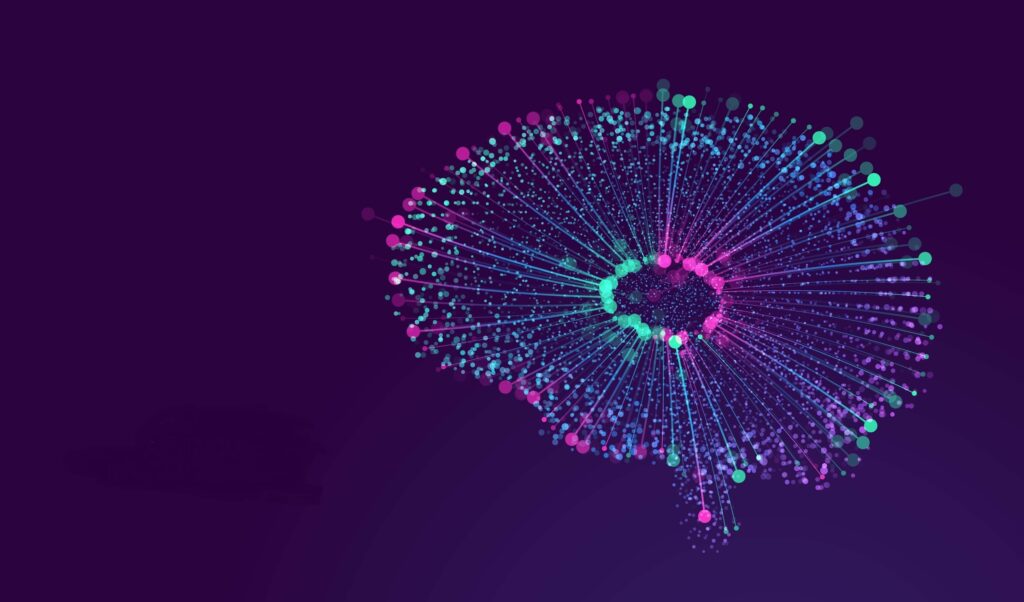
Neuroplasticity is your brain’s ability to change and adapt. Think of it like a muscle that strengthens when you use it in new ways. When you learn something new, practice a skill, or even change a habit, your mind rewires itself by creating new connections between brain cells.
This helps you improve at things over time and recover and regain functions upon a stroke.
What the Research Says…
Recent clinical studies at Shamir Medical Center, led by Dr. Amir Hadanny and Dr. Shai Efrati, examined the effects of hyperbaric oxygen therapy (HBOT) on stroke patients.
An analysis of individuals treated for chronic stroke (three or more months post-incident) found significant cognitive improvements, regardless of stroke type or location.
Key findings from the research include:
- “Hyperbaric oxygen therapy improves neurocognitive functions of post-stroke patients.” This is possible even in the late, chronic stage.
- “HBOT can lead to significant neurological improvements in post-stroke patients even at chronic late stages.” The clinical improvements suggest that neuroplasticity can still be triggered even long after brain damage in areas where there is a mismatch between brain anatomy and function (as shown by SPECT/CT scans).
Dispelling the Myth: What Science Says on Recovery Timelines
While the first three months post-stroke often show the most rapid improvements, meaningful progress can still occur after six months, one year, or even two years.
Stroke survivors have the potential to regain function, improve cognitive abilities, and enhance their quality of life through targeted rehabilitation and a commitment to ongoing therapy.
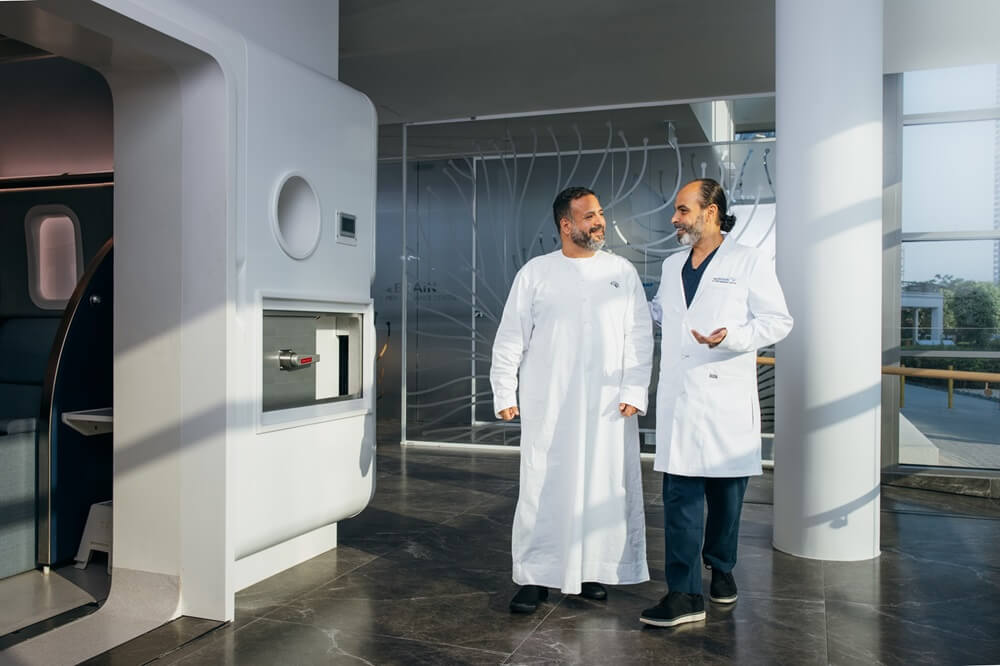
Recovery After Stroke – The First 3 Months
Patients typically experience the most significant improvements in the initial three months following a stroke. This period, known as the subacute stage, focuses on regaining function and preventing complications.
Rehabilitation plans often include physical, occupational, speech, and cognitive therapies, either in outpatient centres or through home-based care. Engaging in multiple therapy programs simultaneously or sequentially is common, depending on individual needs.
Stroke Recovery – After 6 Months
Progress may continue between six months and one year after a stroke, known as the intermediate recovery stage, though it might slow down compared to earlier stages.
Some individuals achieve a return to independence in certain areas, while others persist with rehabilitation programs to address ongoing challenges.
Recovery is a process, and setting new goals or introducing variety into therapy programs can help overcome plateaus.
Recovery After Stroke – The 1 Year Mark
Recovery doesn’t cease after the first year. The ongoing stroke recovery stage, extending beyond one year, emphasises that significant gains in function and independence can happen even years after the stroke.
Stroke Recovery – 2 Years Later
With continuous therapy and lifestyle support, individuals may observe improvements beyond one year. The rate of recovery varies based on factors like stroke severity, overall health, and the effectiveness of rehabilitation programs. While progress may take longer for some, every positive milestone signifies advancement on the recovery journey.
Your Next Step:
A Groundbreaking Stroke Recovery Programme Rooted in Personalized Care & Research
Standard rehabilitation often overlooks cognitive and emotional recovery — areas just as crucial as physical treatment. Yet, mental and emotional well-being is vital in restoring confidence and the determination to move forward.
For many stroke survivors, the emotional highs and lows are among the toughest challenges. True progress requires resilience, perseverance, and the will to take each step forward.
The Brain Performance Centre (BPC) in Dubai was founded with these intentions in mind. Our groundbreaking programme combines comprehensive rehabilitation with data-backed research to help clients win much-deserved long-term results.
The Brain & Performance Centre Programme
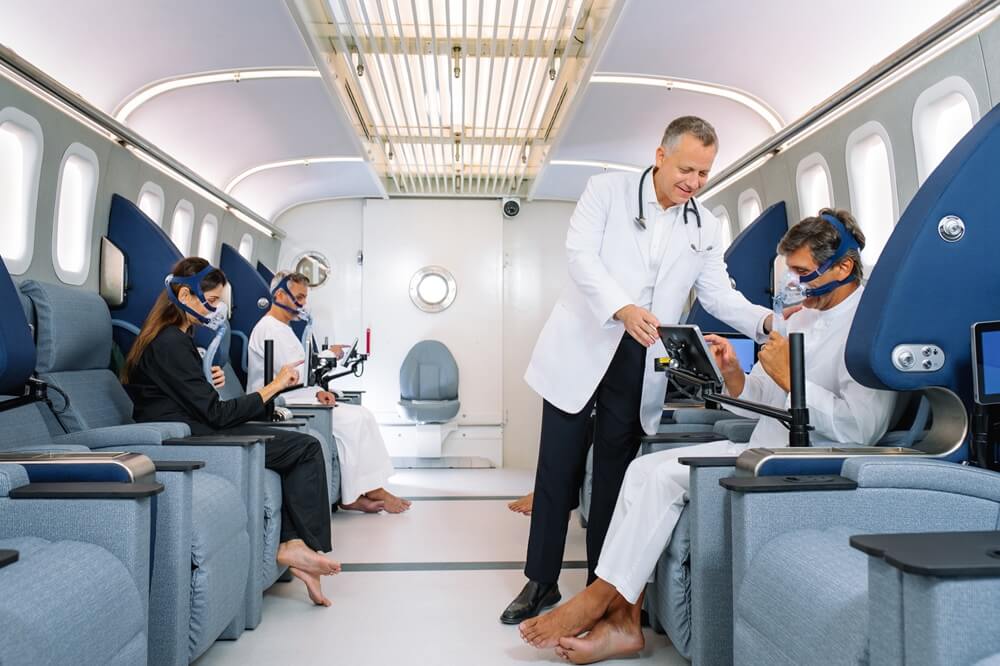
The Brain & Performance Centre, a Dubai-based DP World company, is the world’s most advanced brain and body performance programme for adults and youth.
Our post-stroke programme remains focused on research and leans on a holistic and personalised approach. It is centred around an advanced protocol at our state-of-the-art facility where we help clients achieve and maintain both cognitive and physical improvements.
Depending on your symptoms, needs, and goals, your health plan can include the following:
- Physical, cognitive, and neurological testing (including advanced brain imaging) to map out your baseline status and predict the rehabilitation potential,
- Tailored physical and cognitive training programs (including physiotherapy, cognitive therapy, occupational therapy, and more), combined with a unique hyperbaric oxygen therapy protocol
- Dietary coaching to reach an optimal balance between the bodies energy demands and rehabilitation needs
- Addressing post-stroke anxiety, depression, and fatigue
Beyond Standard Hyperbaric Oxygen Therapy (HBOT): What Makes Our Protocol Different and Effective?
Unlike other HBOT centres, the Brain & Performance HBOT stroke recovery protocol uses a method adapted for clinical use by Dr. Shai Efrati called the hyperoxic-hypoxic paradox. This involves changing oxygen levels rather than keeping them constant.
These fluctuations stimulate the body’s natural healing processes — processes that encourage the growth of new blood vessels, enhance neuroplasticity, and improve cognitive function, speech recovery, and mobility, even years after a stroke.
The Brain & Performance Centre uses multi-person hyperbaric suites designed to maximise the natural healing processes, while being comfortable and with the highest safety standards.
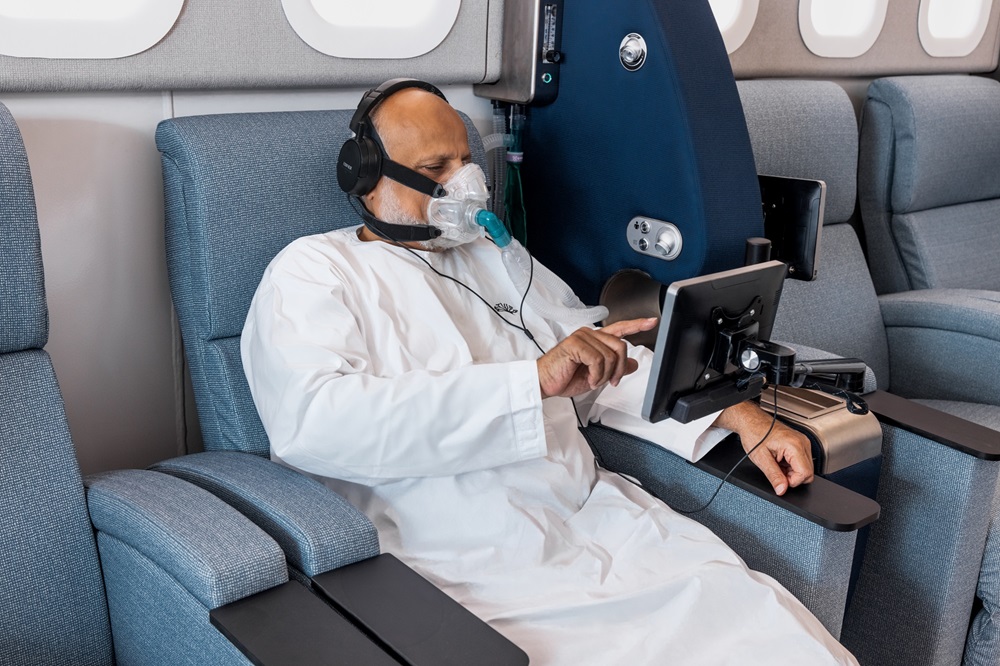
The Scientific Research that Backs the Programme
Clinical trials demonstrate significant functional improvements in stroke patients who have participated in the Brain & Performance Centre programme.
We encourage you to explore the studies from the Sagol Center to learn more about what you can achieve with us.
A Story of Perseverance and Triumph
Hussain’s story is a powerful testament to resilience and the importance of compassionate care in the healing process.
Having undergone two strokes, Hussain was left with weakness on the right side of his body, impacting his daily life and abilities. He opened up about his stroke recovery journey, sharing both the emotional and physical challenges he faced.
“Being the primary caretaker at home, I couldn’t do anything. I was a person unable to perform my duties at home, even at work.”
With the support of the Brain & Performance Centre’s personalised rehabilitation program, Hussain found hope, healing, and a renewed sense of purpose. He now enjoys being able to independently engage in his daily routines, from getting out of bed to taking a shower to pouring a glass of water for himself at breakfast.
Watch as Hussain describes how the programme helped him regain independence and improve his quality of life, reminding us all that recovery is possible, even when the road feels long.
“After completing the oxygen therapy, Alhamdulillah, now I feel a difference…I now live my life normally.”
How to Start Your Recovery Journey at The Brain & Performance Centre
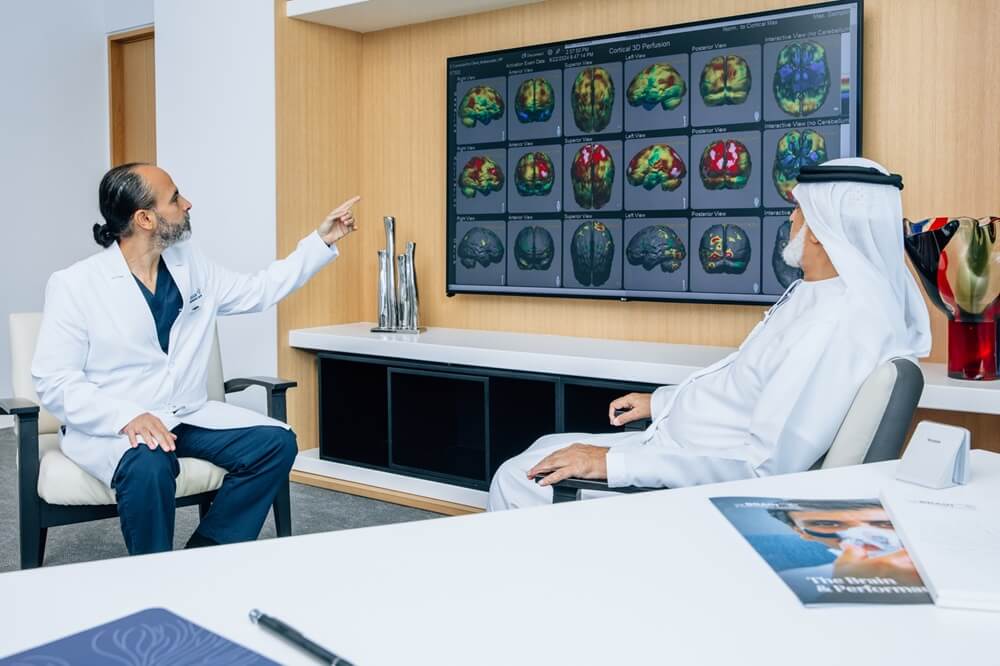
The journey to a higher quality of life involves just four steps:
Step 1: Consultation & Assessment
- Book a Consultation at The Brain & Performance Centre in Dubai.
- Discuss medical history, goals, and treatment eligibility with a trusted and experienced healthcare professional.
Step 2: Tailored Treatment Plan
- Upon your assessment, receive a customised treatment plan based on your brain imaging, physical and cognitive evaluations, and personal goals.
- Access world-class facilities, a compassionate medical team, and cutting-edge technology.
Step 3: Post-Treatment
- Receive a detailed report illustrating how your performance and health have improved since treatment.
Step 4: Follow-Up
- Staff will continue checking in with you after you finish the programme (thanks to the Brain & Performance Wearable Device) and will continue to monitor your health and performance.
Your Next Chapter: Recovery, Growth, and Strength
A stroke may have changed your path, but it hasn’t defined your future. Recovery isn’t just about regaining what was lost — it’s about discovering new possibilities, rebuilding strength, and reclaiming control over your life.
No matter where you are in your journey (six months, a year, or even two years later),improving and gaining more independence is still possible. And you don’t have to navigate this alone.
Schedule a consultation today and take the next step toward a stronger, healthier future. Your recovery isn’t over; it’s just beginning.

